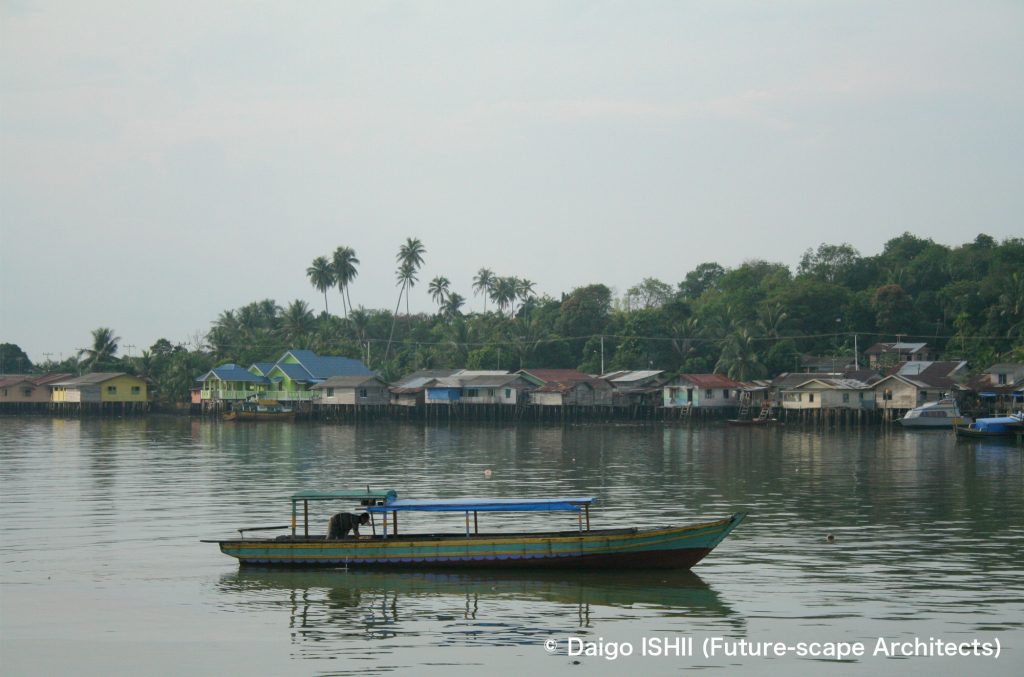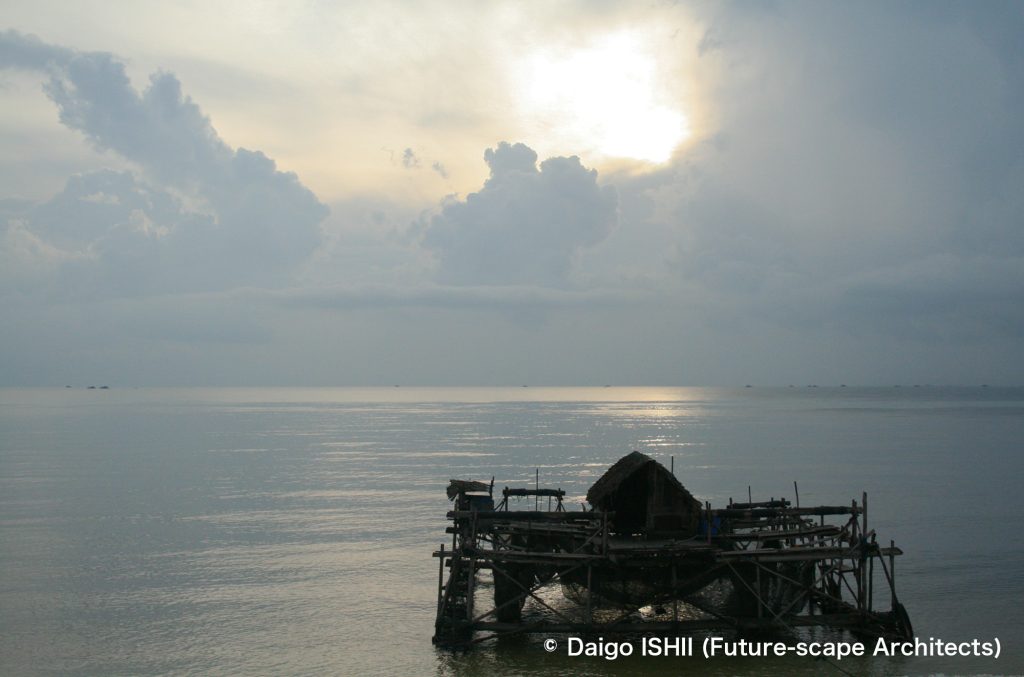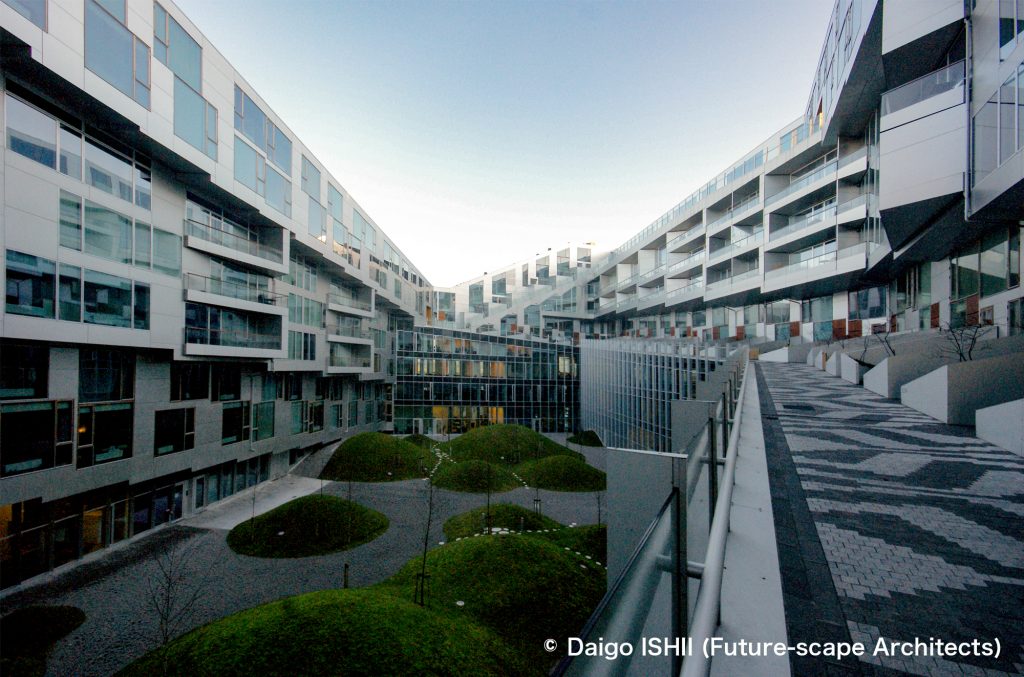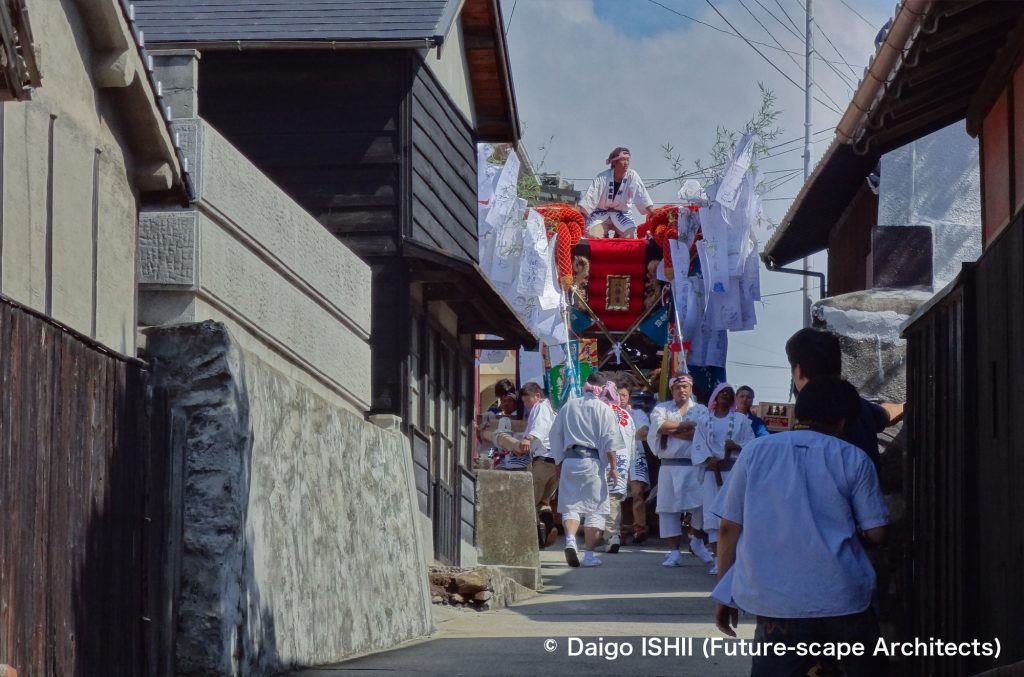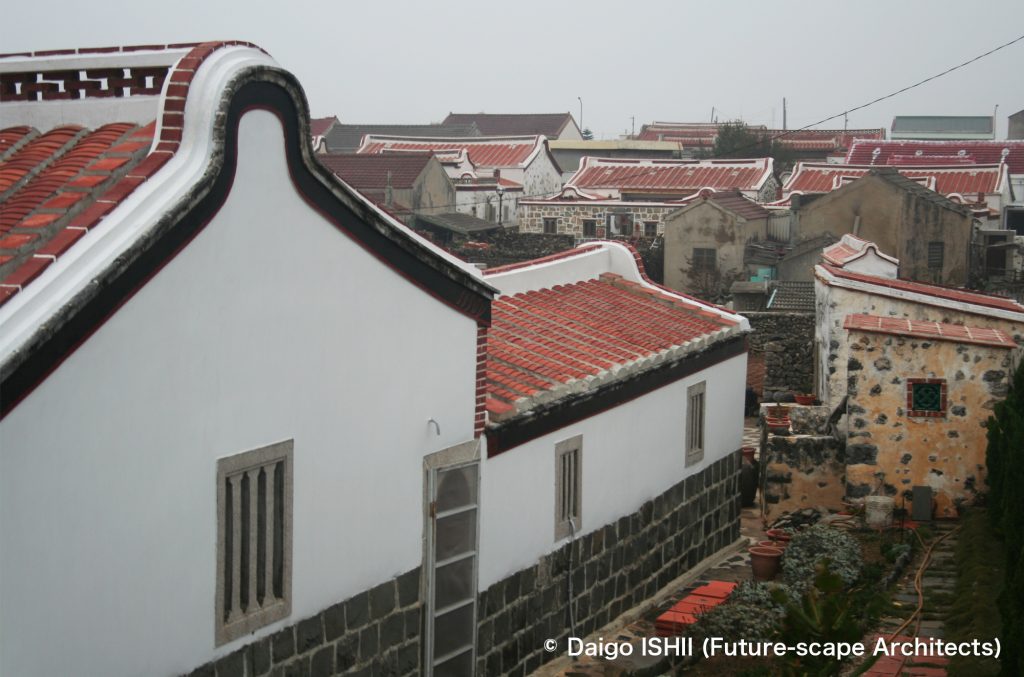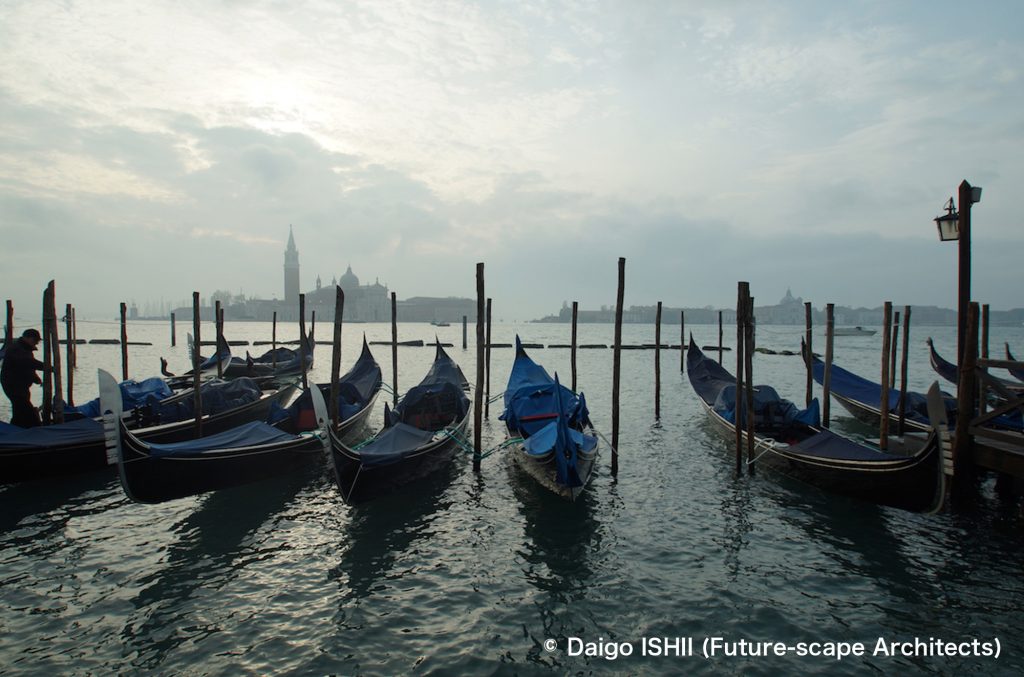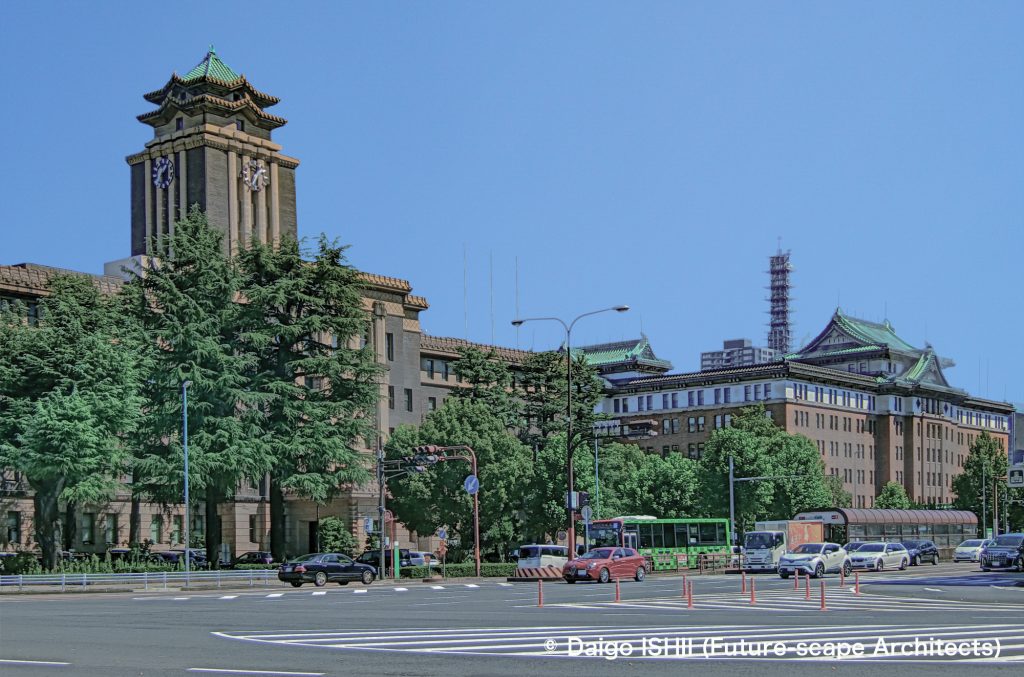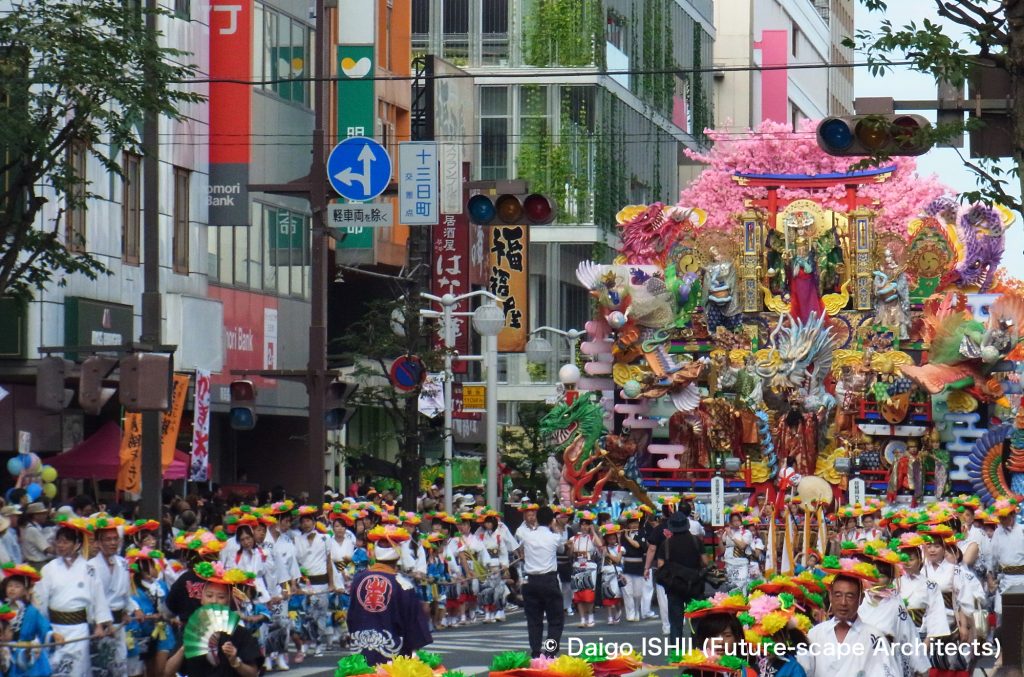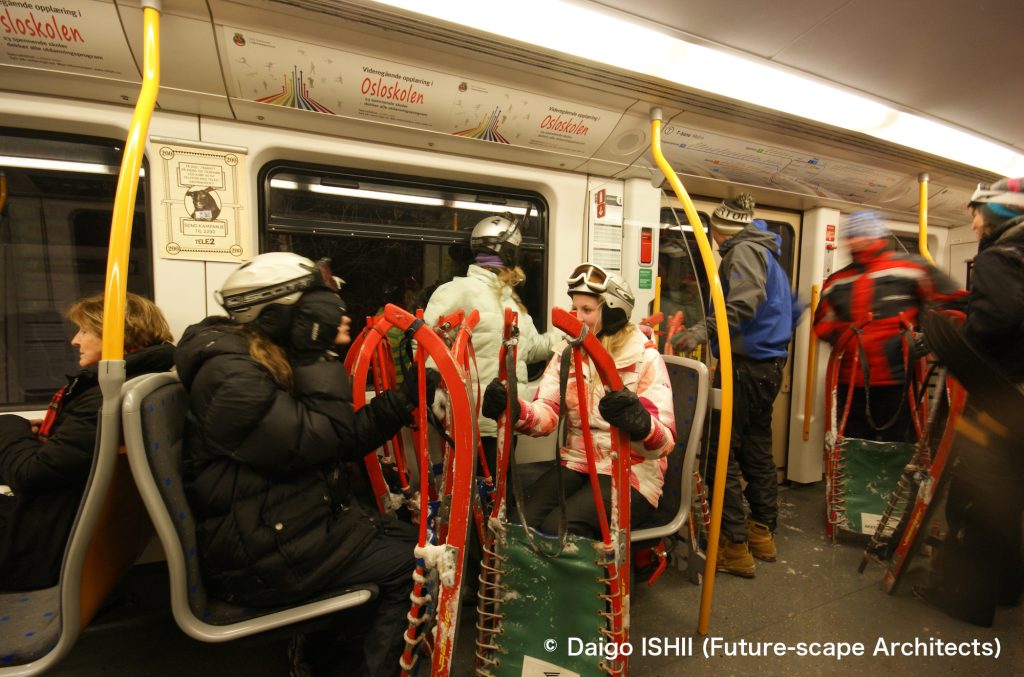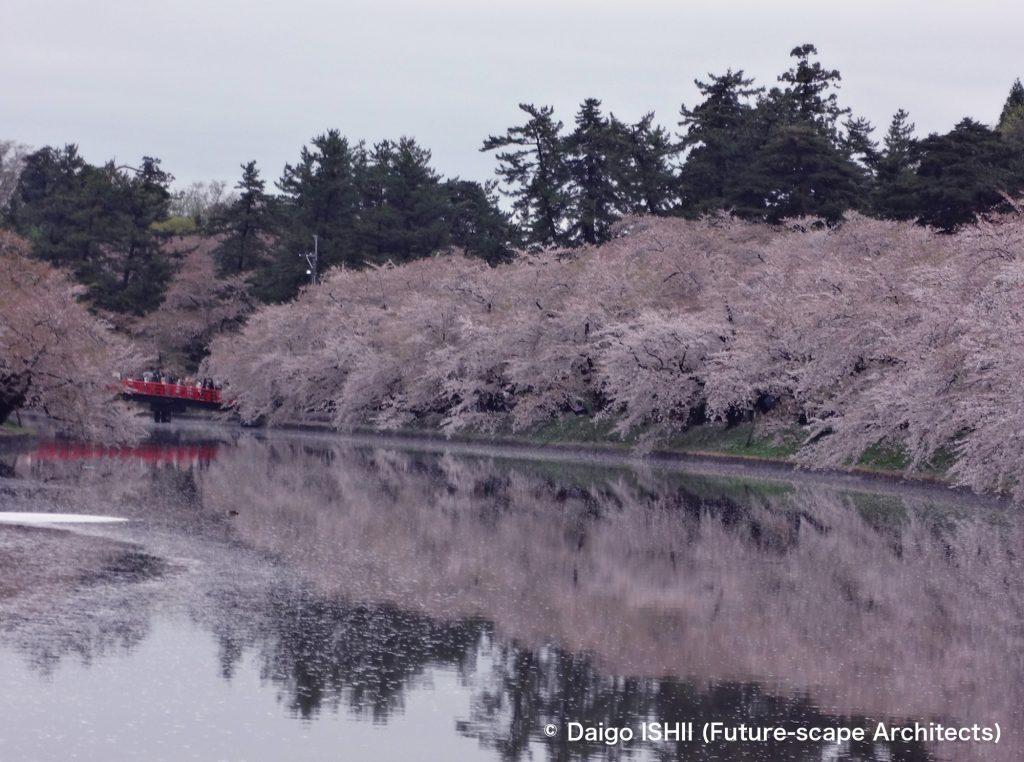The high degree of civility of the Chinese community and its closed nature toward outsiders seems to be the same in their floating villages. When I visited in the Chinese floating village of Sengarang, I felt as if I had been not in a village but in a town.
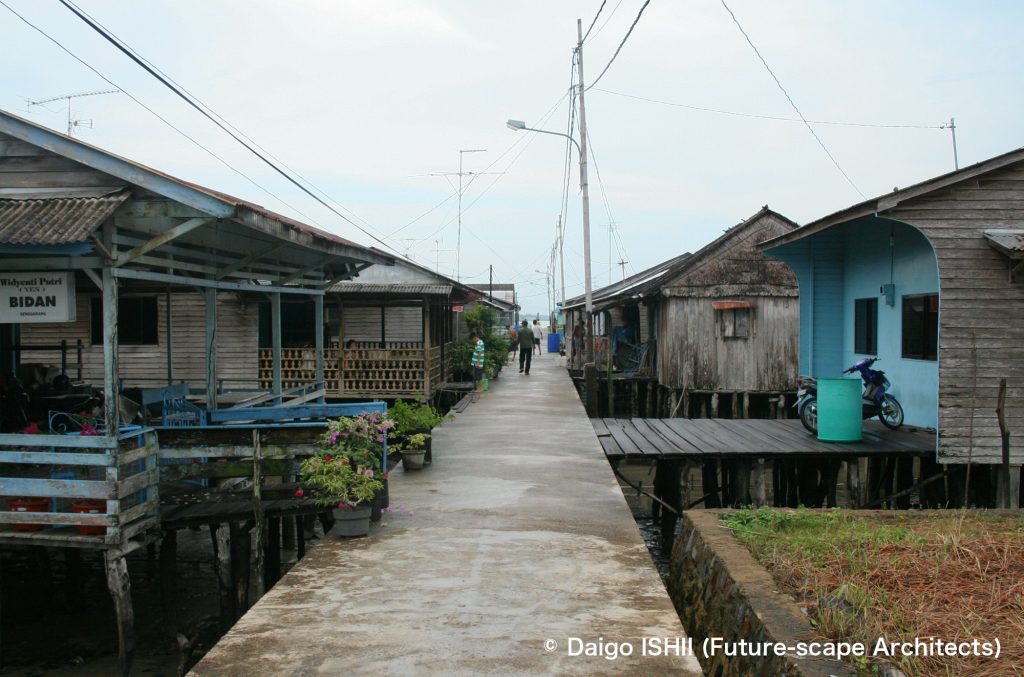
The first surprise was the network of concrete paths. At first glance, those looked like an ordinary streets but were magnificent piers supported by concrete pillars driven into the water. The ability to properly maintain infrastructure showed the power of the community.
As walking down the path from the shore, another path crossed. Shops were clustered around that area. It would be a prejudice against floating villages that I was excited to find a shopping street there? I felt as if I had wandered into the corner of a small market on land. Furthermore, I discovered an internet cafe. It existed in a floating village!. Children are always passionate about computer games, whether they live on land or in the water.
In the middle of the path was a common terrace with a roof. I found several groups of aged residents playing mahjong. It looked like a nice community scene. So, after I took their pictures from a distance, I approached there. Then, one of them changed his appearance and made a big "x" gesture with both arms. His eyes were full of discomfort and rejection towards an outsider. Yes, not only this aged man but also everyone else were cold. When I greeted the residents I passed by, they either ignored me or gave me a glacial nod. Their attitude was natural since I entered without permission, but I felt a difference from Indonesian or Malay floating villages.
The reason for their attitude must be due to the history of being an immigrant, living on water instead of on land, the history of Chinese people being at the mercy of Indonesia, and above all, a sense of pride in being Chinese. Their houses had curved side walls near the eaves, similarly to the Chinatown of Downtown Tanjung Pinang. They immigrated to Sengarang around 1740. It is said to be one of the earliest examples of Chinese immigrants overseas, and even after so much time, they showed their pride in continuing to inherit the housing style of southern China as their origin.
On the shore near the entrance to the village on the water was a Taoist temple, and the incense sticks were always burnt. That is also a significant proof of legitimizing their identity.
Sengarang was an interesting place to know that the Chinese community turned even a floating village into an urban community.
Even in floating villages in the same region, differences in the views and ethnicity of the residents generated differences in the community atmosphere and villagescape. By visiting floating villages of three different ethnic groups, I realized that the key word for a community was people.
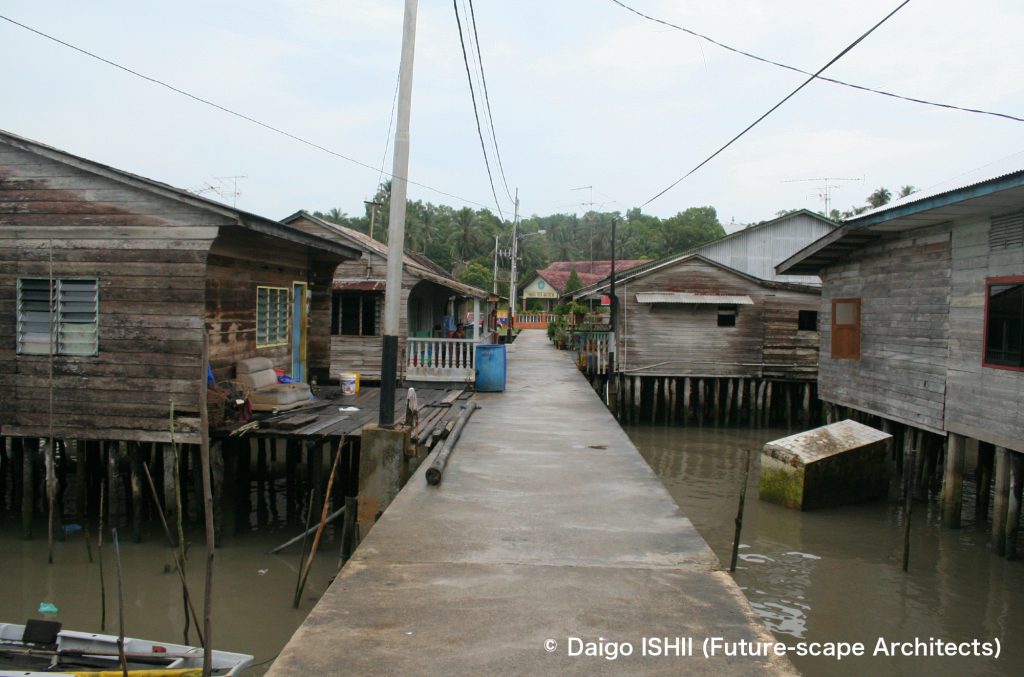

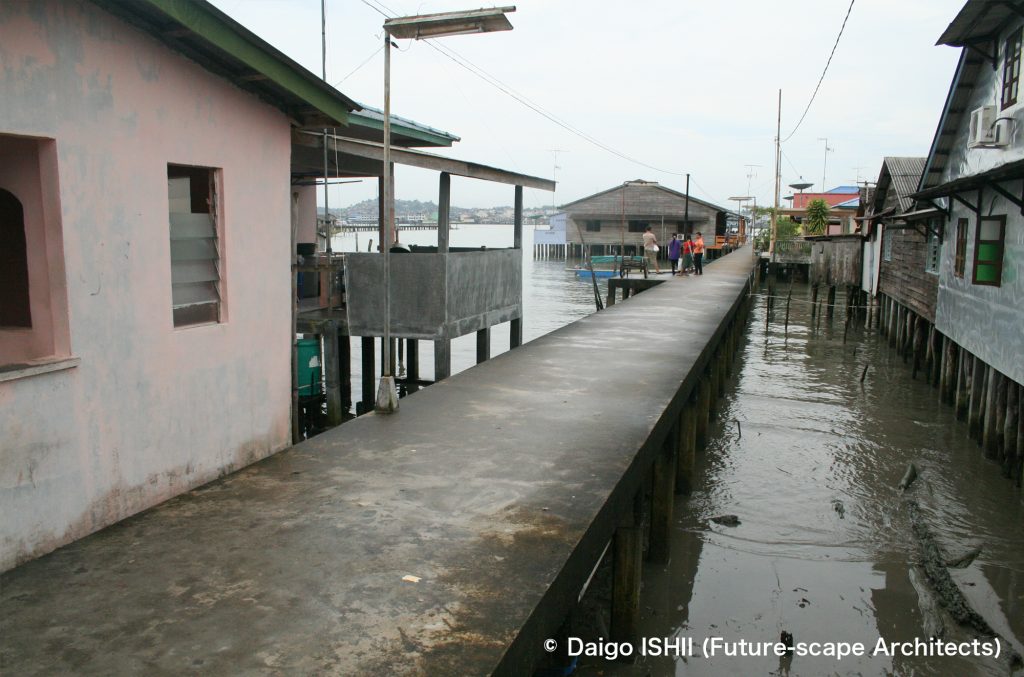
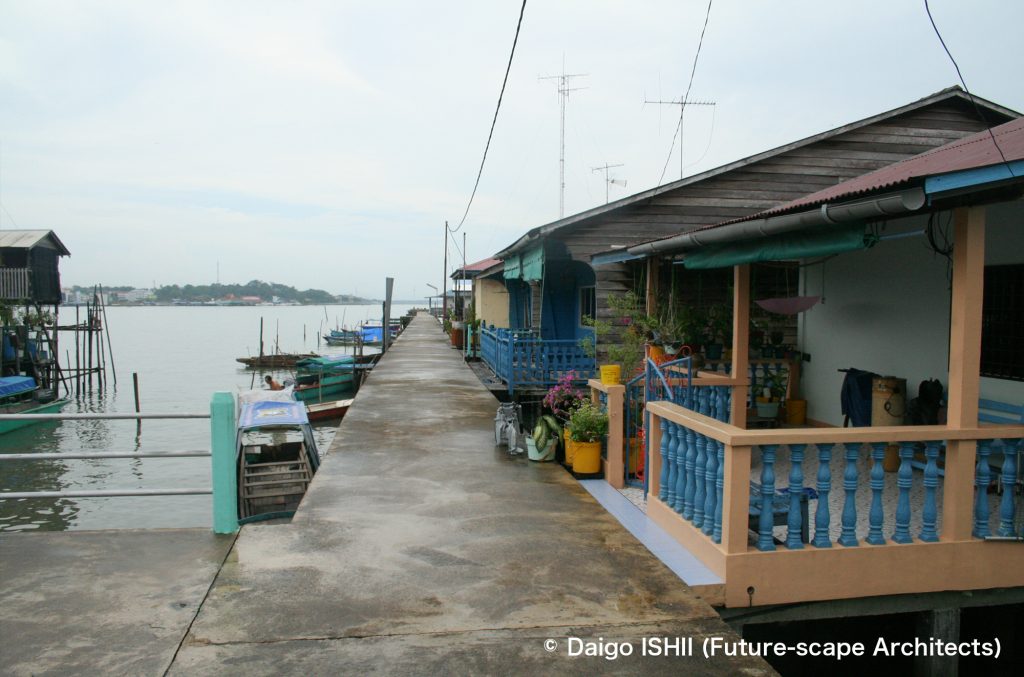
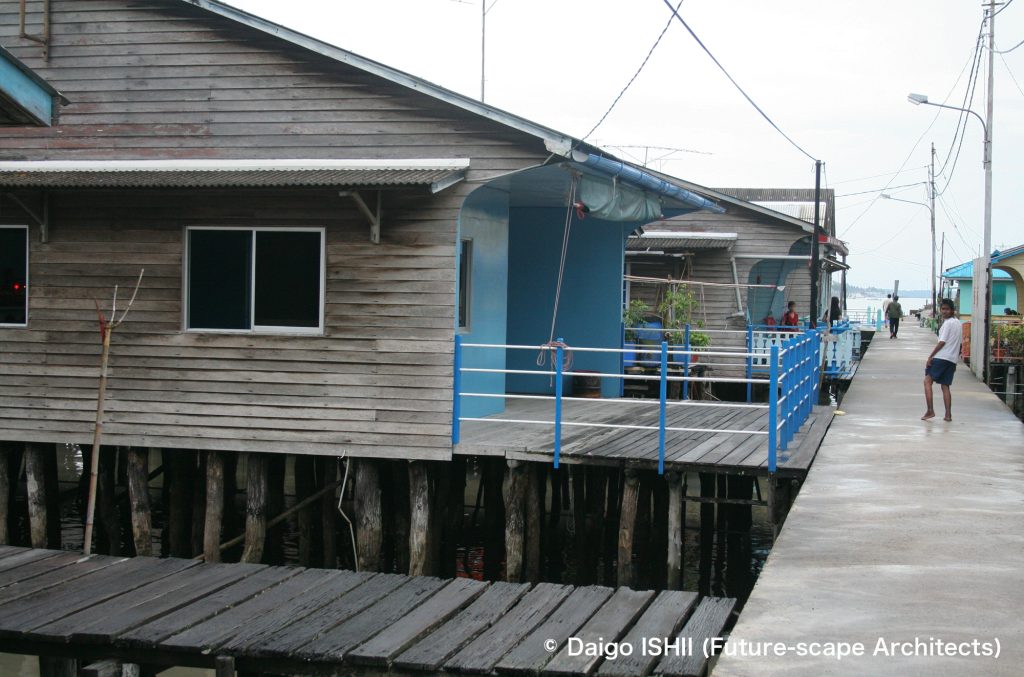
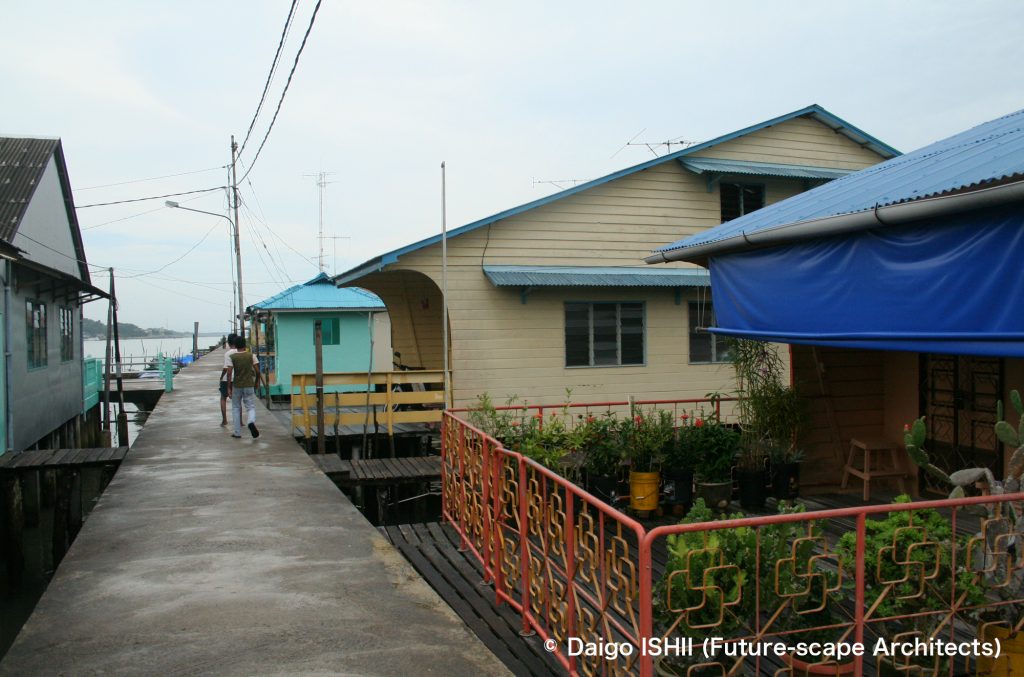
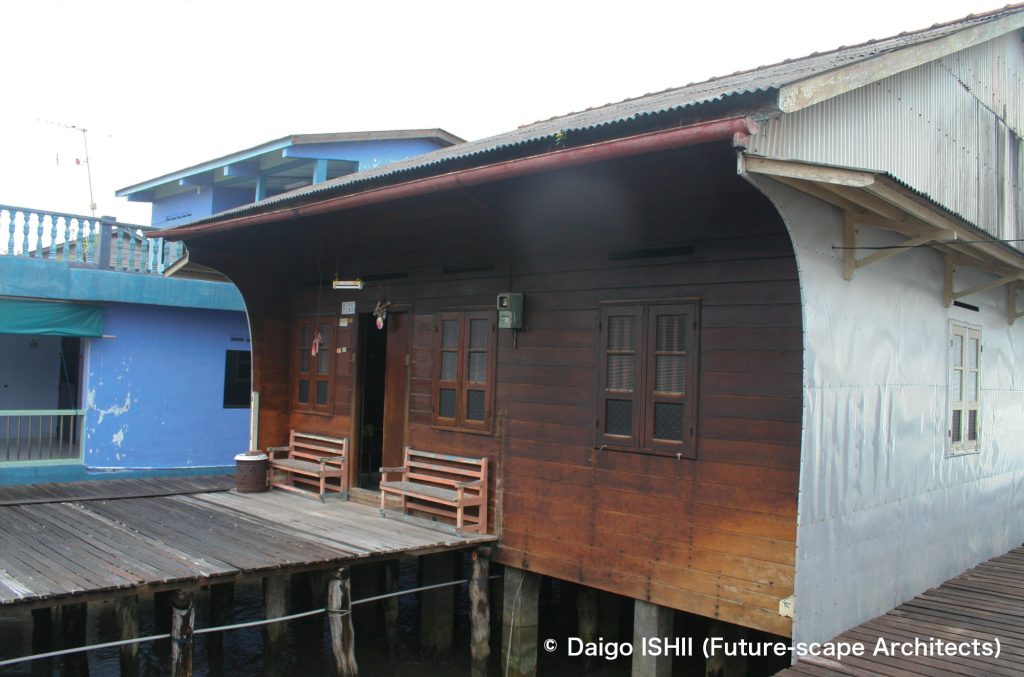
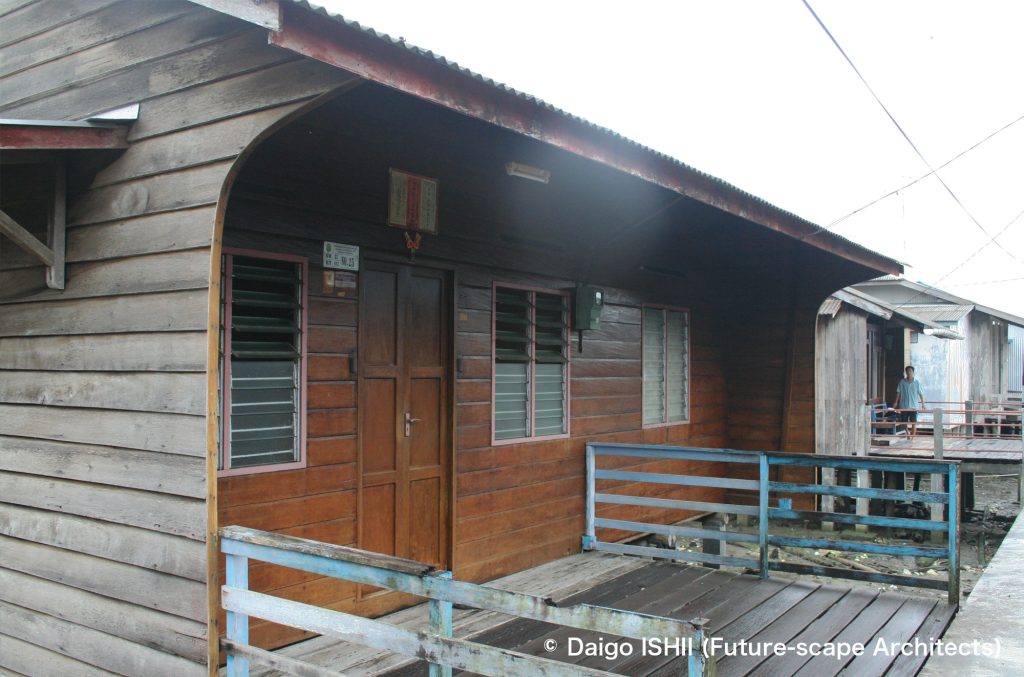
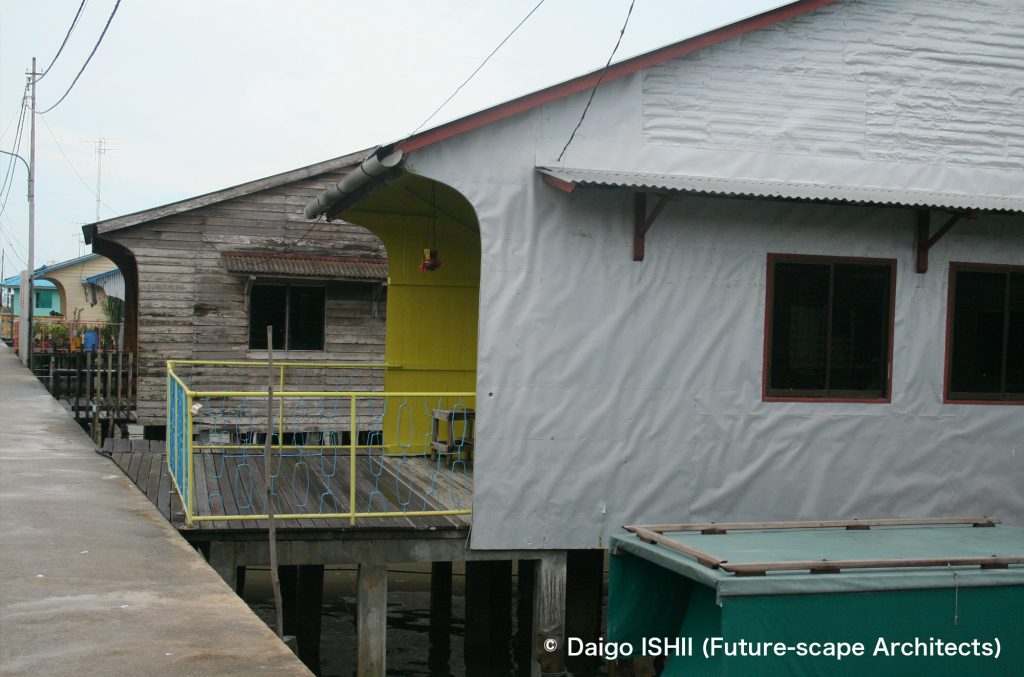
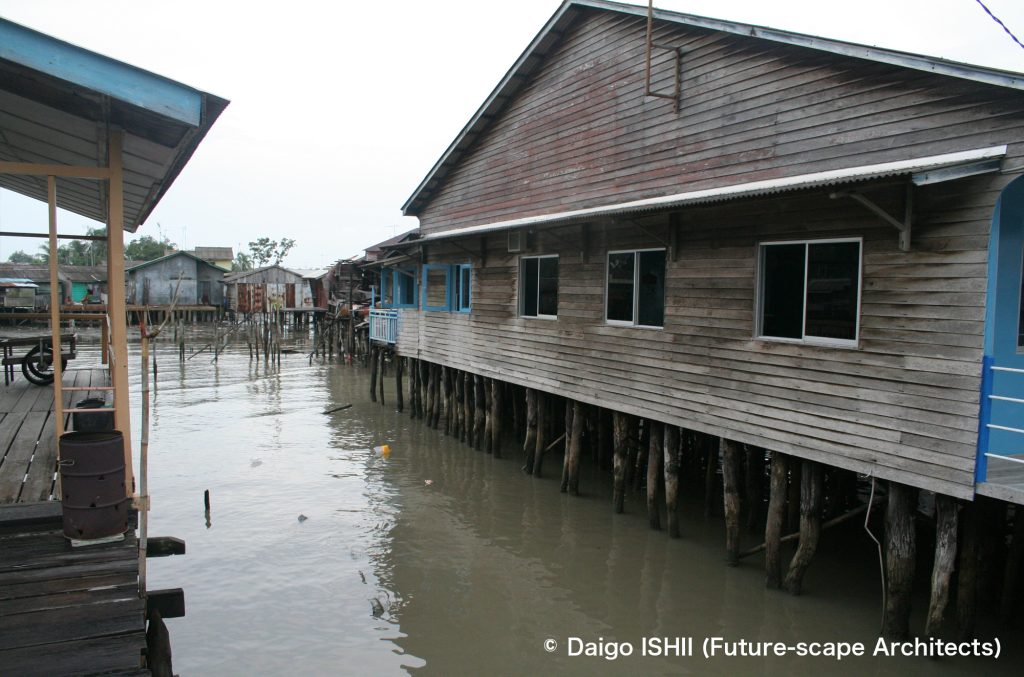
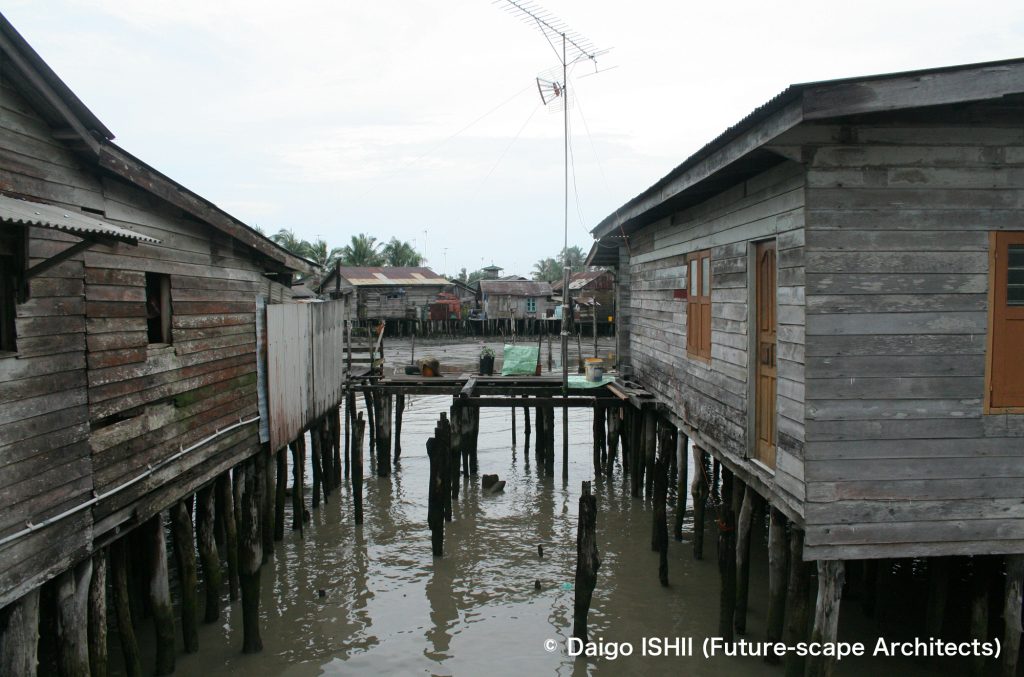
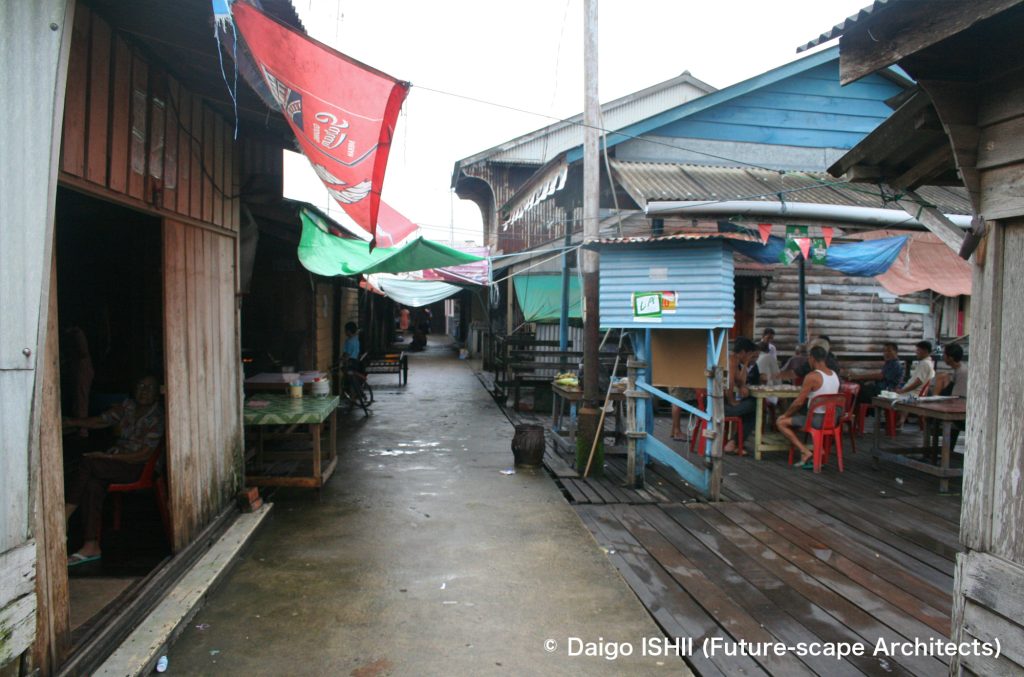
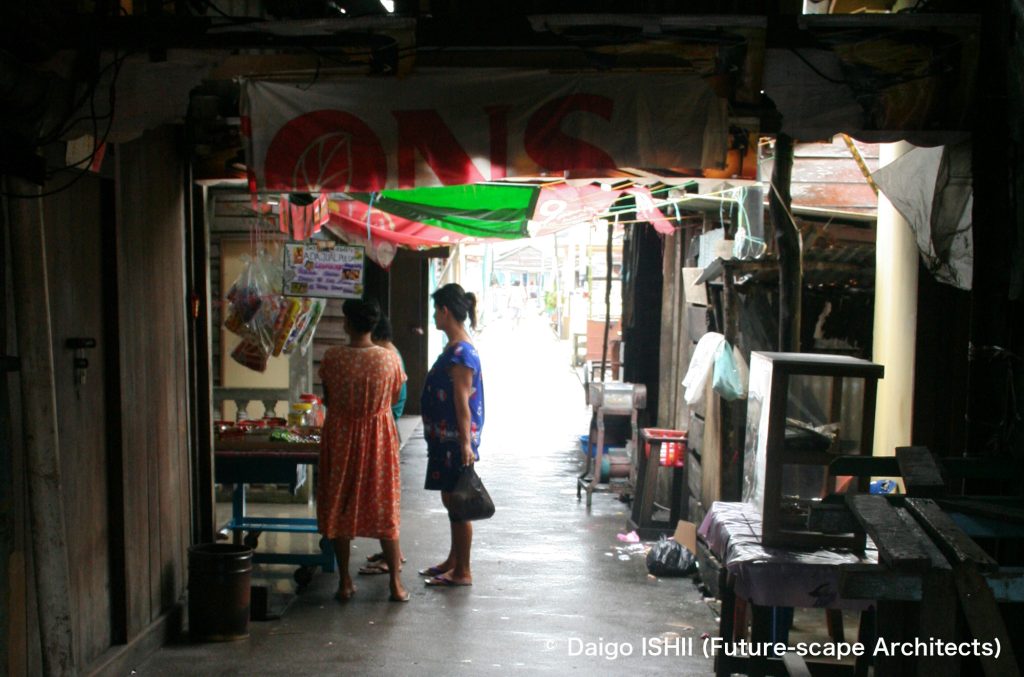
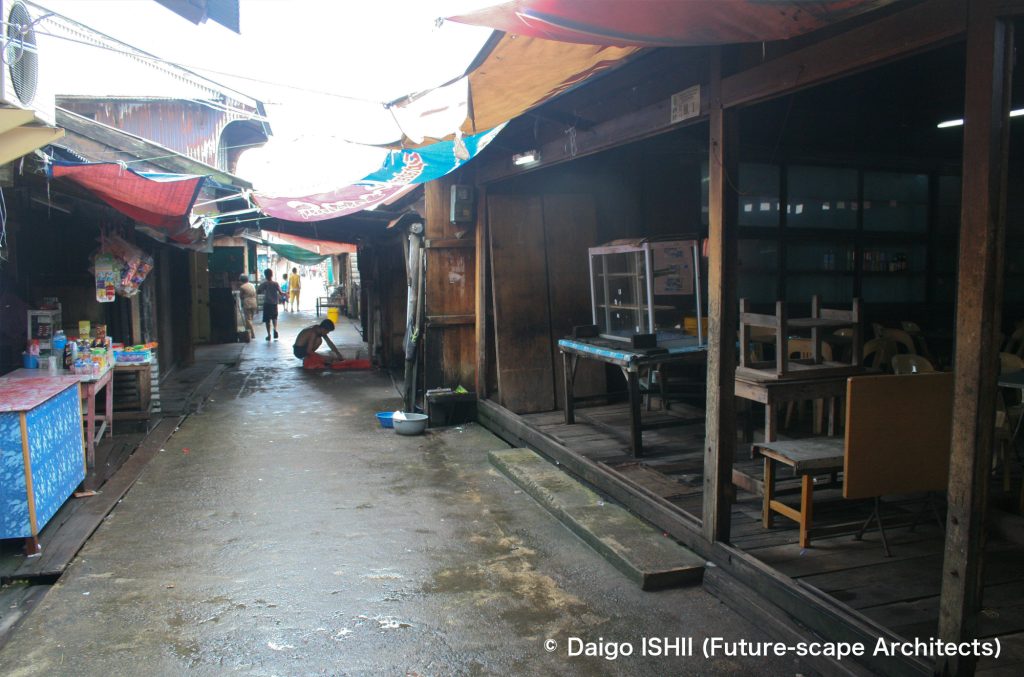
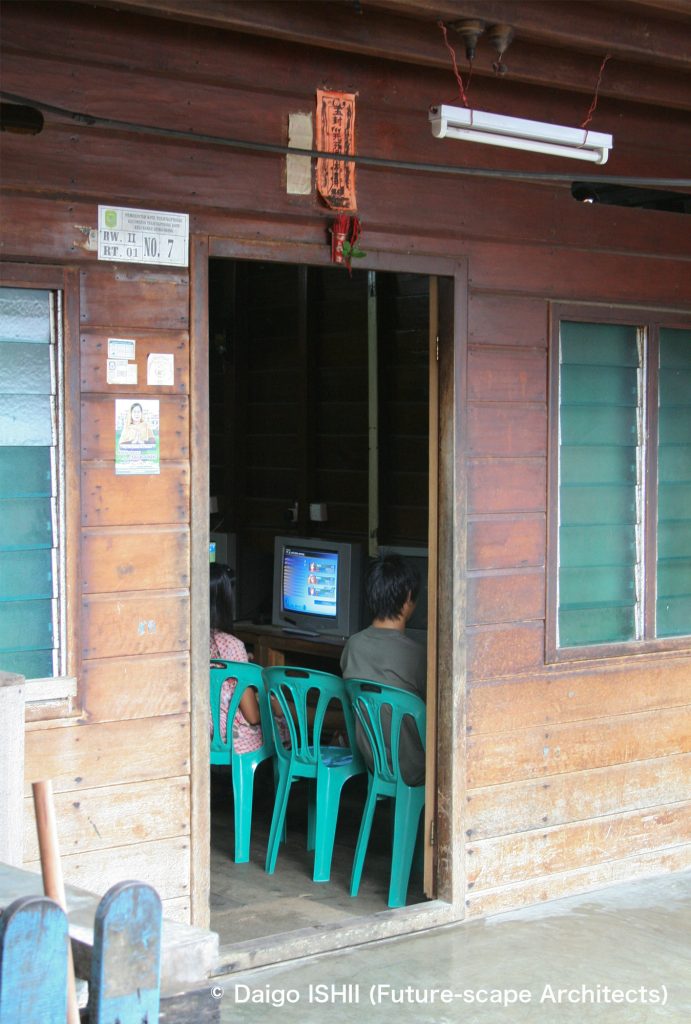
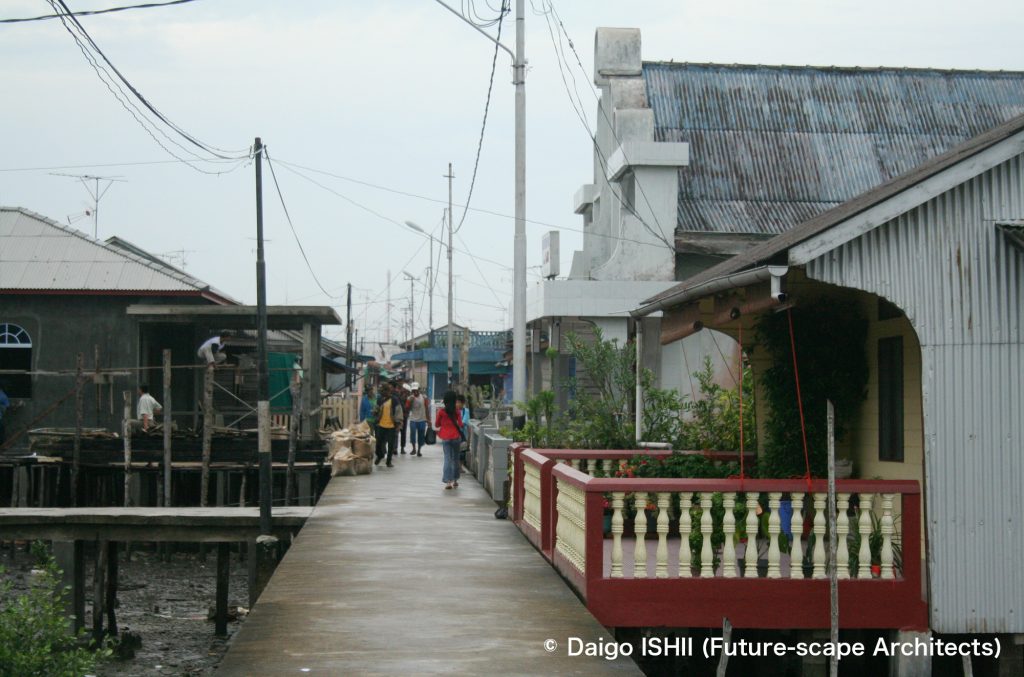
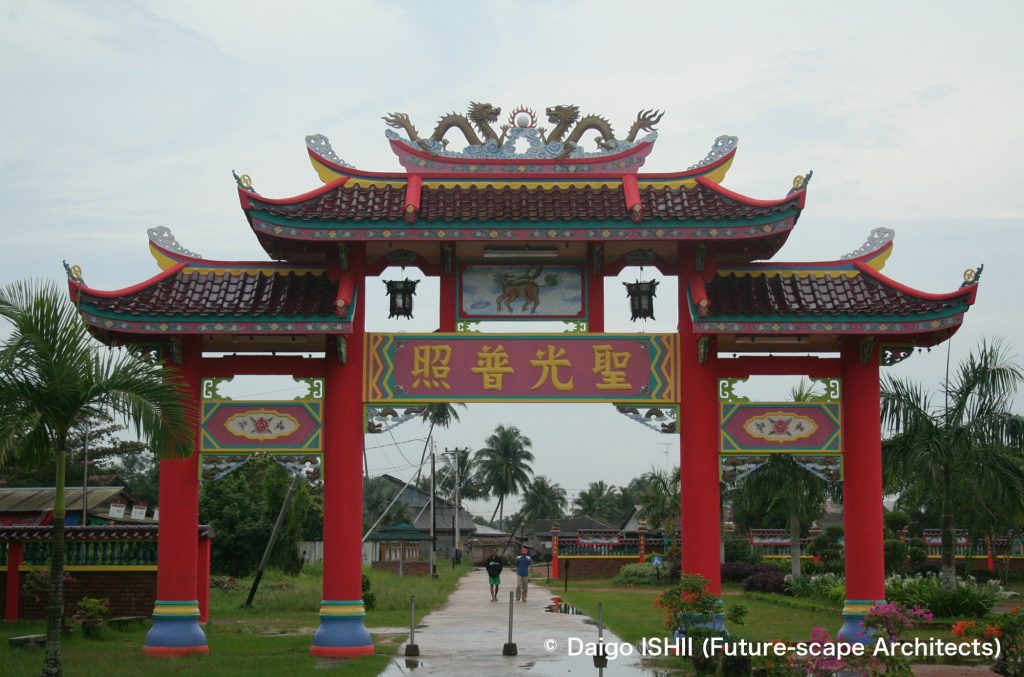
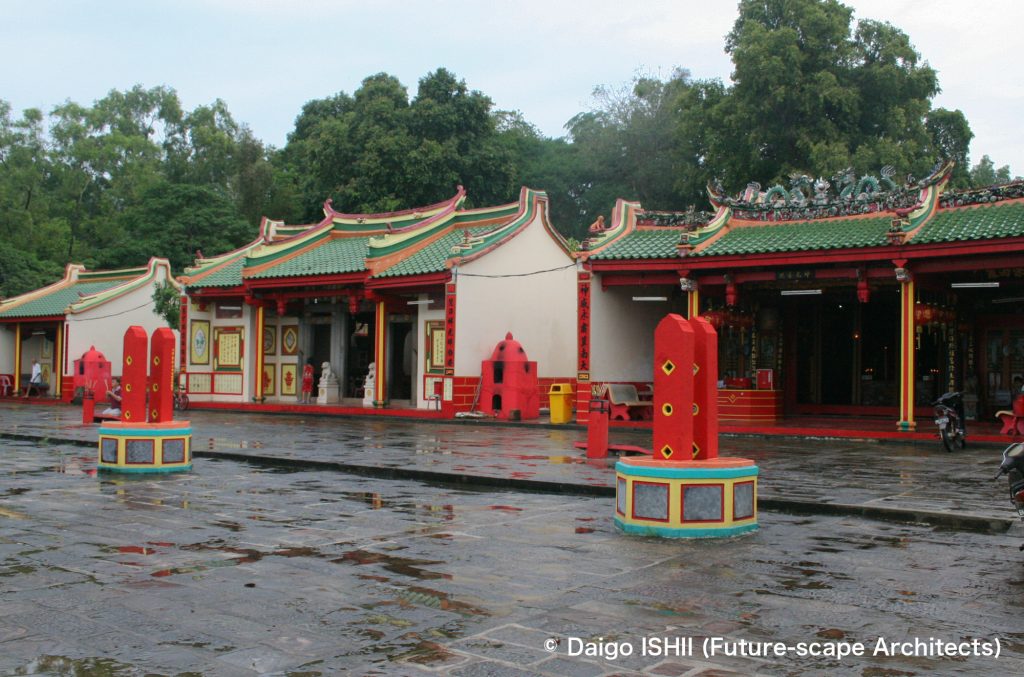
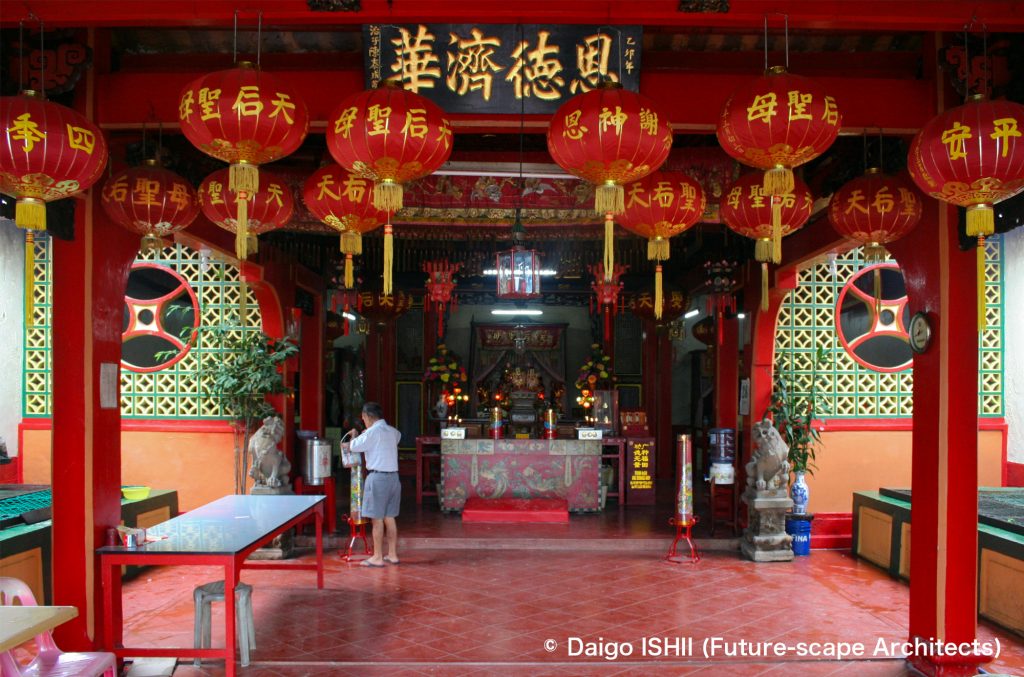
Click here for your impressions
reference
Wikipedia
Please do not use or upload our photos without permission.




